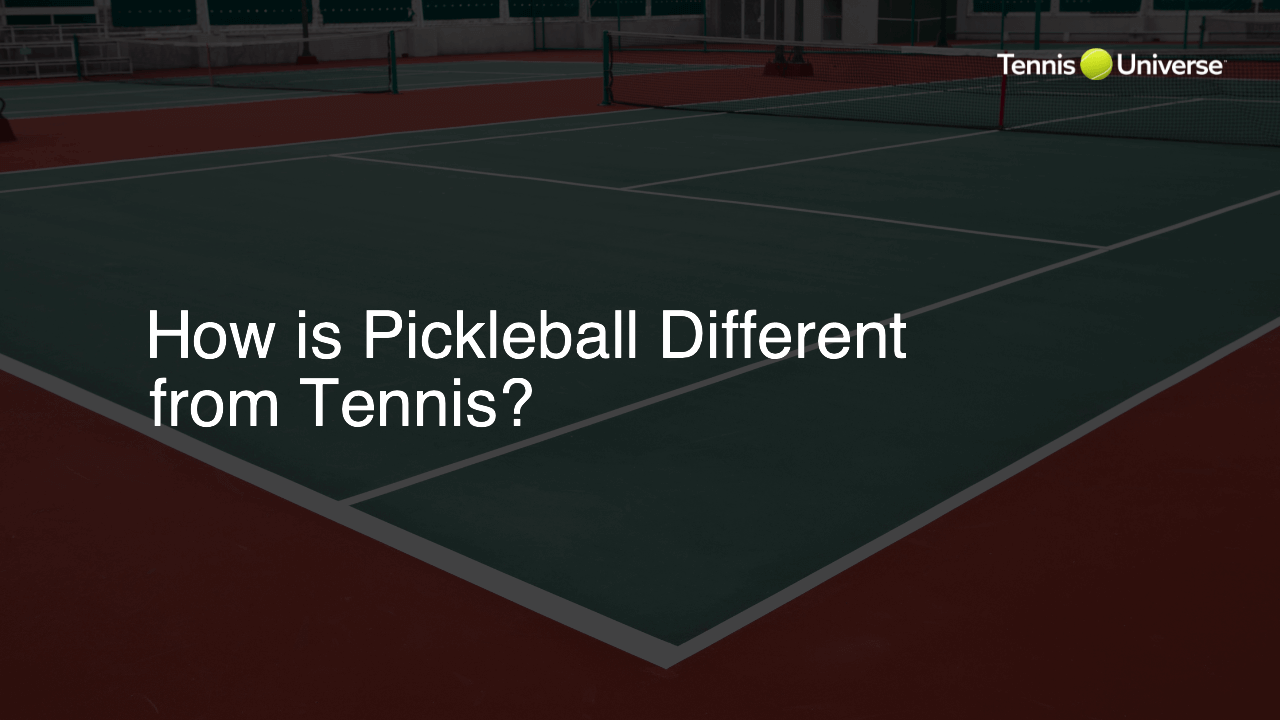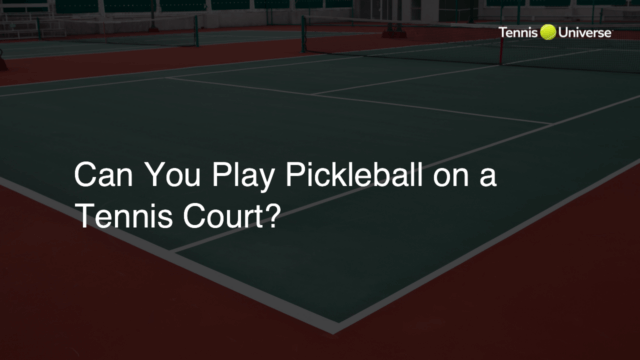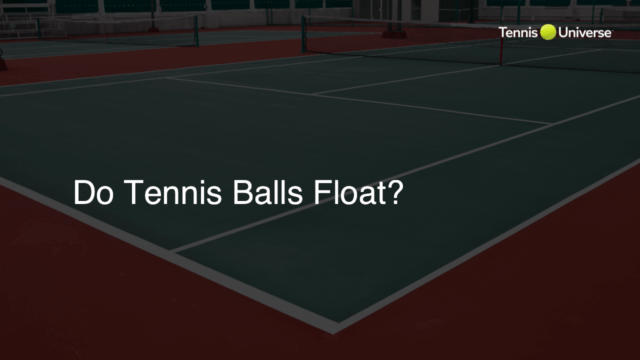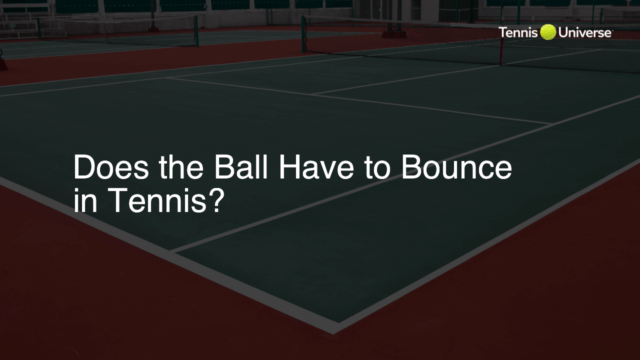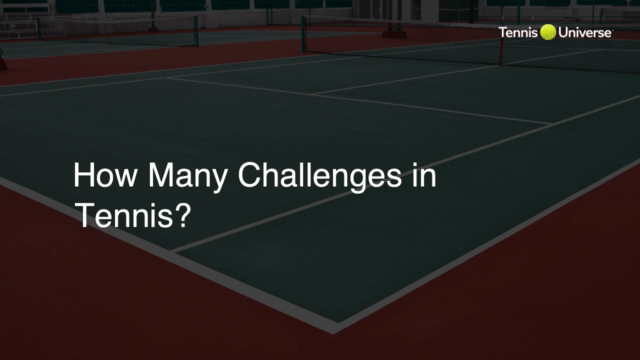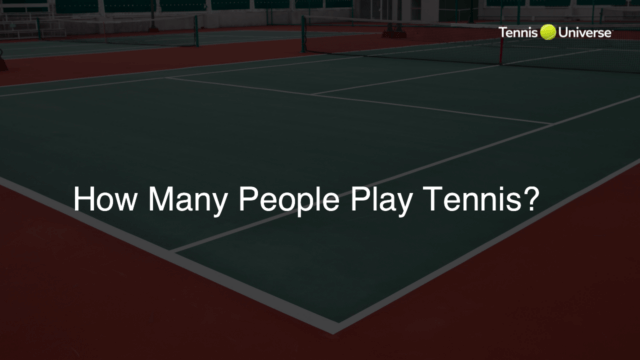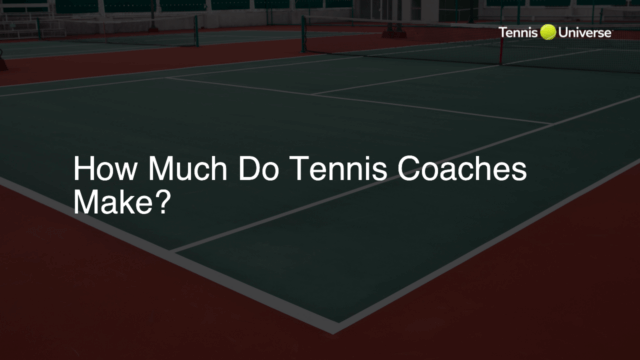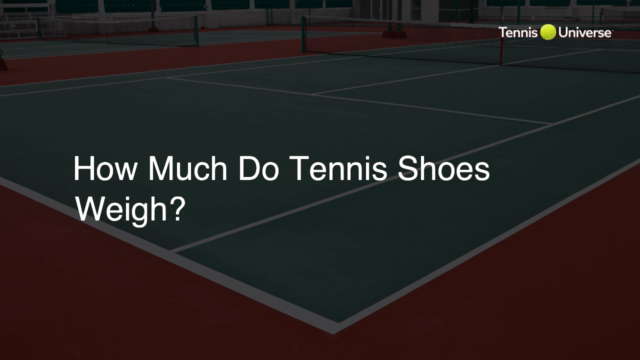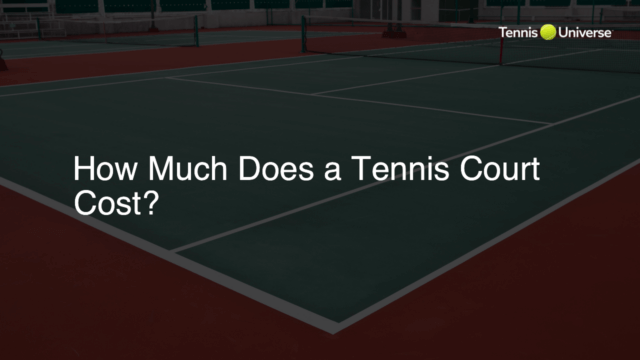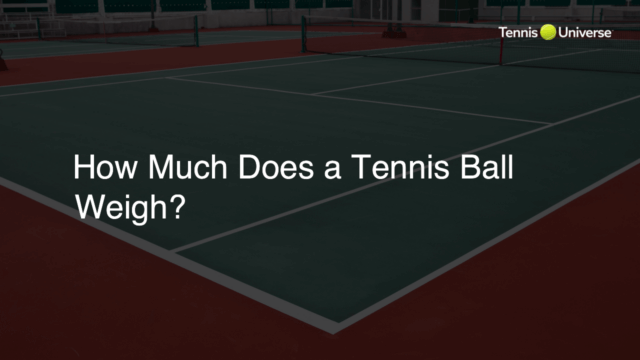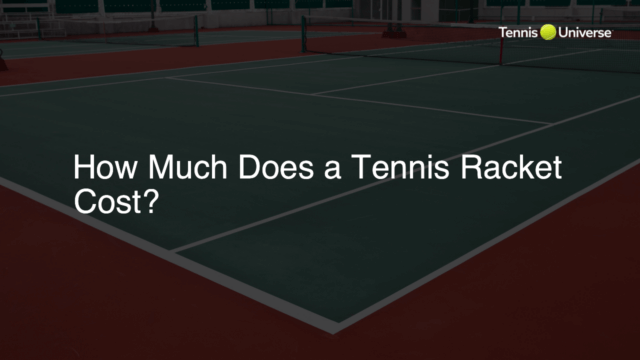Pickleball differs from Tennis mainly in equipment, court dimensions, scoring system, and gameplay. Pickleball uses solid paddles and a perforated ball, while Tennis employs racquets and a felt-covered ball. Pickleball courts are smaller (44×20 ft) than Tennis courts (78×36 ft). In Pickleball, the scoring is up to 11 points, and only the serving side can score. Tennis follows a unique scoring system, counting in sets. Pickleball has a 7-foot non-volley zone, while Tennis has a serve-and-volley style with no such restrictions.
Key Differences Between Pickleball and Tennis
Equipment Variations
In Pickleball, players use solid paddles made of lightweight composite materials and a plastic perforated ball resembling a whiffle ball. In contrast, Tennis players utilize a tennis racket with strings and a rubber ball covered in felt. These differences in equipment significantly affect the way each game is played and the strategies players employ on the court.
Court Size and Layout
Pickleball courts are significantly smaller than Tennis courts, measuring 44×20 feet. In contrast, Tennis courts measure 78×36 feet for doubles and 78×27 feet for singles play. The smaller Pickleball court size allows for quicker points and less ground to cover, making it more accessible for players of diverse skill levels and ages.
Scoring System
Pickleball follows a different scoring system than Tennis. Points are awarded only to the serving side, and a game is played until one side reaches 11 points, winning by at least a 2-point margin. In Tennis, players follow a unique scoring progression (Love, 15, 30, 40) and compete in games, sets, and matches, which allows for various scoring combinations and a potentially longer duration of play.
Gameplay and Strategies
Pickleball and Tennis both involve hitting a ball back and forth across a net; however, the gameplay and strategies differ significantly. In Pickleball, there is a 7-foot non-volley zone, known as the “kitchen,” on both sides of the net. Players cannot hit the ball in the air within this zone, encouraging softer shots and strategic placement. Tennis allows a serve-and-volley style, where players can rush to the net and hit volleys or overheads with no such restrictions.
Role of the Tennis Racket
The tennis racket plays a crucial role in the Tennis game, as it allows for a greater variety of shots, spins, and power. The strings on a tennis racket create additional spin, affecting the ball’s trajectory and bounce. In Pickleball, the solid paddle provides less variability and forces players to rely more on placement, finesse, and quick reflexes.
Additional Differences Between Pickleball and Tennis
Serving Rules
Both Pickleball and Tennis incorporate their unique serving rules. In Pickleball, the serve must be hit underhand and follow a low-to-high motion. The ball should bounce once on the opponent’s side, within the service court boundaries. Furthermore, only one serve attempt is allowed per point. In Tennis, players use an overhand serve, often with significant power and spin, and are allowed two serve attempts per point. Tennis tips often emphasize the importance of a strong and consistent serve being a crucial part of any player’s game.
Faults and Lets
A fault in both Pickleball and Tennis occurs when a player violates a rule during the serving process. However, the nature of these faults differs. In Pickleball, faults include serving out of turn, stepping on or over the baseline, or hitting a short serve that doesn’t cross the non-volley zone. In Tennis, faults occur when a serve misses the designated service box or when a foot fault (touching the baseline before making contact with the ball) occurs. Additionally, Tennis implements “let” calls for serves that hit the net but still land within the service box, allowing the server to replay the point.
Energy Expenditure and Fitness Level
While both Pickleball and Tennis demand physical fitness and coordination, the energy expenditure and intensity vary between the two sports. Tennis typically requires a higher level of stamina, agility, and overall fitness due to a larger court size, powerful shots, and the potential for longer rallies. Pickleball, with its smaller court and emphasis on finesse and ball placement, generally demands less physical exertion, making it a popular choice for older players and those new to the world of racquet sports.
Adaptability and Learning Curve
For beginners and those transitioning from other racquet sports, Pickleball often has a shorter learning curve compared to Tennis. The game’s rules, serve, and gameplay are easier to grasp, and the smaller court eases the physical demands for new players. Tennis tips and advanced techniques, such as mastering different shot types and strategic play, may take longer for players to develop. However, the versatility and depth of both sports ensure a rewarding and engaging experience for players of all levels.
FAQ Section
Find answers to the most frequently asked questions regarding the differences between Pickleball and Tennis, based on the information shared in this blog post.
What is the primary difference in equipment between Pickleball and Tennis?
The primary difference in equipment is that Pickleball uses solid paddles and a perforated plastic ball, while Tennis players employ a tennis racket with strings and a rubber ball covered in felt.
How do the court sizes of Pickleball and Tennis differ?
Pickleball courts are smaller, measuring 44×20 feet, while Tennis courts are 78×36 feet for doubles and 78×27 feet for singles play.
How does the scoring system differ between Pickleball and Tennis?
In Pickleball, points are awarded only to the serving side, and a game is played until one team reaches 11 points, with at least a 2-point margin. In Tennis, players follow a unique scoring progression (Love, 15, 30, 40) and compete in games, sets, and matches.
What are the main differences in gameplay and strategies between Pickleball and Tennis?
Pickleball has a 7-foot non-volley zone, or “kitchen,” which encourages softer shots and strategic placement. Tennis allows a serve-and-volley style, where players can hit volleys or overheads with no restrictions related to a non-volley zone.
What is the role of the tennis racket in the differences between Tennis and Pickleball?
The tennis racket allows for a greater variety of shots, spins, and power due to its strings, whereas the solid paddle used in Pickleball provides less variability, emphasizing placement, finesse, and quick reflexes.

